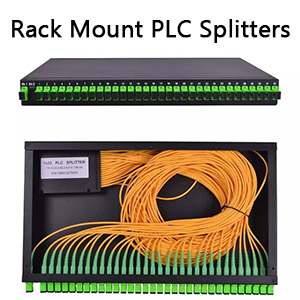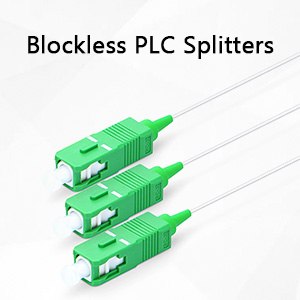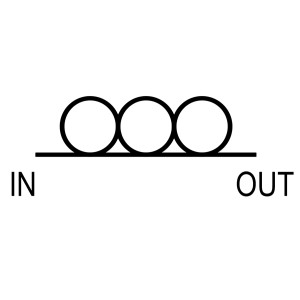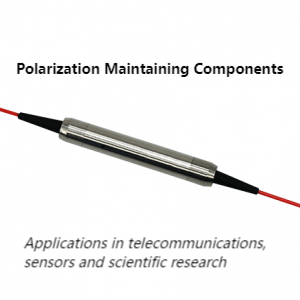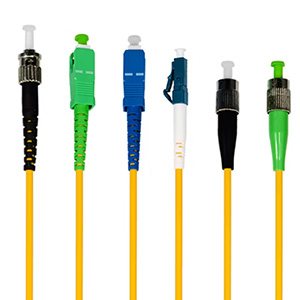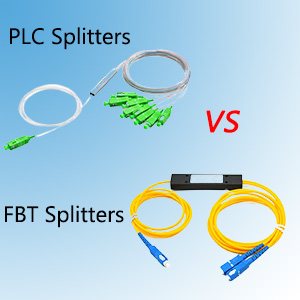In modern fiber optic networks, keeping light stable and accurate is very important—especially when the direction or polarization of light matters. That’s where PM Optical Switches come in. These small but powerful devices are designed to control the path of light while keeping its polarization unchanged. In simple terms, they help direct the light where it needs to go without messing up its alignment.
What Exactly Is a PM Optical Switches?
At its core, a PM Optical Switches routes light between different optical paths while maintaining the orientation of its electric field (i.e., its polarization). This might sound like a minor distinction—but for systems that rely on polarization-dependent performance, even a tiny drift can compromise function.
Whether built on MEMS, solid-state, or electromechanical technology, these switches are paired with PM fibers (like PANDA or Bow-Tie types), ensuring the light stays aligned with the fiber’s birefringent axis.
Why Polarization Control Is More Than a Technical Detail
In sensitive applications such as interferometry, quantum key distribution, or coherent detection, polarization isn’t just a parameter—it’s the foundation. Any twist, drift, or misalignment can:
- Reduce measurement accuracy
- Introduce noise and crosstalk
- Compromise secure communications
- Invalidate system calibration
That’s why PM Optical Switches have become a core enabling component in next-gen networks and research platforms.
Real-World Applications: When PM Switching Becomes Essential
| Application Field | What’s at Stake | Role of PM Switches |
|---|---|---|
| Quantum Communications | Secure data based on photon orientation | Ensures polarization integrity across the network |
| Fiber Sensors (DAS/FPI) | Precision strain, pressure, vibration sensing | Minimizes signal drift, boosts detection accuracy |
| Laboratory Test Systems | Reproducibility of light experiments | Enables repeatable routing of polarized signals |
| Coherent Optical Links | Modulation fidelity | Maintains optimal phase and polarization states |
| Defense and Aerospace | Ruggedized optical control | Reliable, high-ER switching in harsh environments |
Key Factors When Choosing a PM Optical Switch
Choosing the right PM optical switch isn’t just about price or speed—it’s about matching system intent with component behavior. Here’s what to look for:
1. Wavelength Compatibility
Ensure the switch supports your operating window: commonly 1310nm or 1550nm, but others exist for specialized sensing.
2. High Extinction Ratio (ER)
A good ER (typically >20dB) means better polarization preservation. It’s especially crucial for interferometric setups.
3. Low Insertion Loss
Ideally <1.0dB. The less light lost, the more signal you retain downstream.
4. Connector & Fiber Type
Use FC/APC with key alignment and confirm the switch uses true PM fiber internally—not just standard singlemode.
5. Reliability & Repeatability
For automated test systems or field equipment, look for models with high switching cycles and thermal stability.
PM Optical Switch vs. Standard Optical Switch: A Quick Snapshot
| Feature | Standard Optical Switch | PM Optical Switch |
|---|---|---|
| Polarization Preservation | ❌ No | ✅ Yes |
| Use Case Focus | General light routing | Polarization-sensitive systems |
| Typical ER | N/A | >20dB |
| Application Examples | CATV, enterprise LANs | Quantum, sensing, coherent optics |
Common Types of PM Optical Switches
There are several types of PM optical switches, depending on the number of ports and switching technology:
- 1×2 or 2×2 Switches: Used to switch between two ports
- MEMS Switches: Tiny mechanical switches for fast, reliable operation
- Solid-State Switches: No moving parts, great for long-term stability
When choosing a switch, check:
- Wavelength compatibility (like 1310nm or 1550nm)
- Connector type (FC/APC, SC/APC, etc.)
- Switching speed
- Insertion loss and extinction ratio (ER)
How to Choose the Right PM Optical Switch From Fiber-Life
Here are some simple tips for selecting the right PM optical switch:
- Know Your Wavelength
Make sure the switch supports your system’s light wavelength (e.g., 1550nm). - Check the Fiber Type
PM fiber cores come in different sizes—make sure they match (usually PANDA fiber). - Look at the ER Value
Higher extinction ratio (ER) means better polarization preservation. - Ensure Low Insertion Loss
Less light loss = better performance. - Choose the Right Configuration
Decide if you need a 1×2, 2×2, or more complex switch.
Final Thoughts
PM Optical Switches are far more than just optical toggles—they’re precision tools enabling the future of high-fidelity optical systems. Whether you’re developing QKD modules, building distributed sensing platforms, or deploying photonic AI infrastructure, choosing the right PM switch is a strategic decision that impacts long-term performance and scalability.

